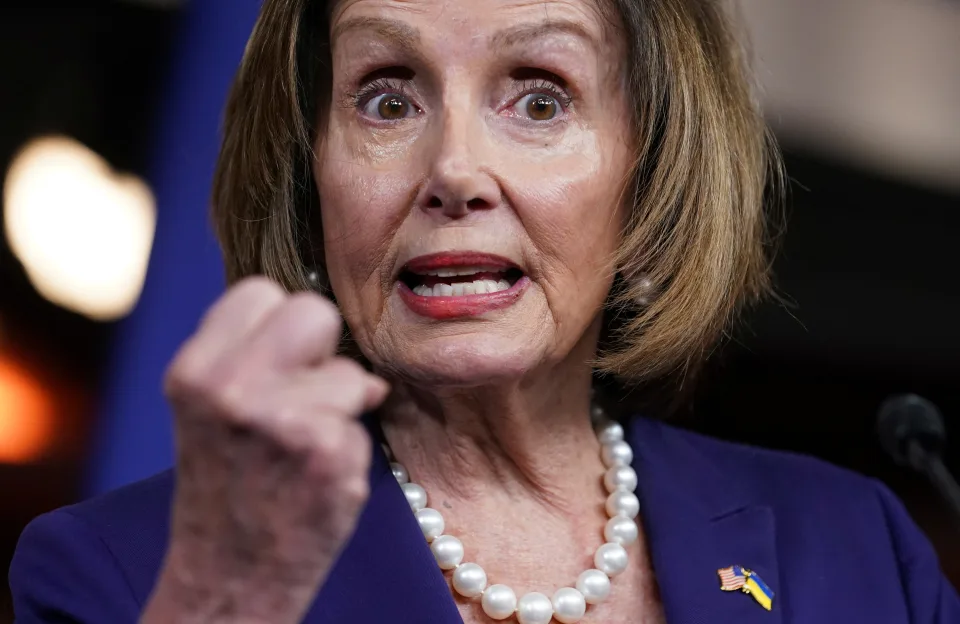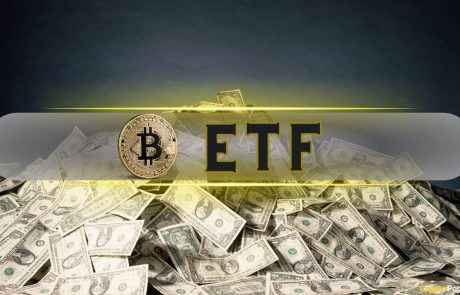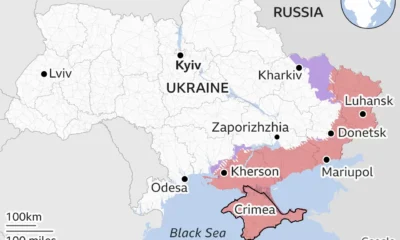Bitfinex analysts have warned crypto investors to be cautious as bitcoin’s (BTC) recovery over the weekend is not a sign that its correction is over; the asset could witness more bloodshed in the near term.
In the latest Bitfinex Alpha report, experts deemed the market’s reaction this week critical, especially as supply alleviated over the weekend could return when traditional markets open.
“No Man’s Land”
Since Saturday, bitcoin has risen almost 10% from $57,600 to $63,000, closing last week in the green. The asset has surged above the 125-day range low of $60,200, which it broke through earlier this month after news of the German government’s massive BTC selling hit the market.
Market sentiment began to improve after reports that wallets linked to the German government were almost empty. However, the positive sentiment may not be sustained for long as the BTC the German authorities moved to trading desks and exchanges are yet to be sold.
While the supply from Germany appears to have been factored into bitcoin’s market price, Bitfinex analysts believe the end of selling pressure depends on how the involved trading desks execute their trades in the coming days.
Although the shift in sentiment underscores the market’s capacity to integrate new information and adjust expectations quickly, analysts think the market’s reaction over the first two trading days of the week cannot be overlooked for two reasons.
First, the low support level in the $60,200 range has now become a potential resistance line. Second, trading patterns over the past three months suggest that weekends are usually favorable for markets, especially on Saturdays when supply pressure seems to subside.
“We are now in no man’s land until we get clear resolution above or below this level,” the analysts said.
A News-Driven Environment
Besides the potential resistance level and three-month weekend trading pattern, the market is currently in a news-driven environment, where the prices of cryptocurrencies have been determined by news agendas rather than fundamentals.
Since selling pressure concerns are not yet completely obsolete due to upcoming Mt Gox creditor distributions, Bitfinex analysts expect such headlines to continue to have some impact on price movements. As such, the analysts urged investors to exercise caution in their trading strategies.
Reports /Trainviral/
























